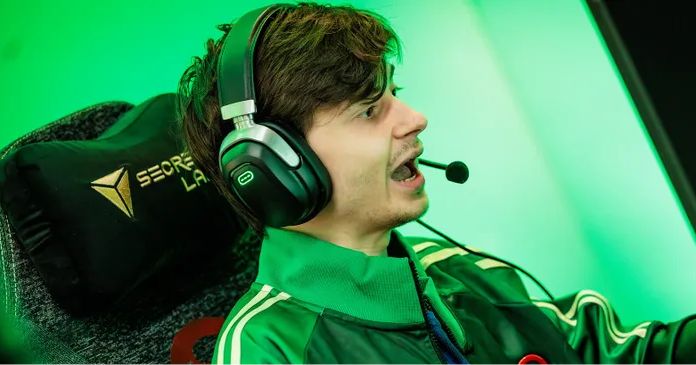Even at the pinnacle of competitive gaming, the path to victory is often paved with unexpected obstacles – or, more accurately, with unexpected teammates. Roman “RAMZES666” Kushnarev, a prominent figure in the Dota 2 professional scene, recently shed light on a paradoxical reality within the game`s highest ranks: the sheer number of players he`d rather not share a lobby with.
The Elite`s Enduring Dilemma
RAMZES666`s candid remarks during a Twitch broadcast resonate with a sentiment many high-ranked players, professional or otherwise, can understand. He asserted that within the coveted Top 500 MMR bracket, a significant portion—reportedly 100 to 200 individuals—consists of players whose presence he finds so detrimental that he`d prefer to avoid them entirely. This isn`t just about a bad game here or there; it`s a systemic frustration with the caliber and approach of a substantial segment of the elite player pool.
“There are so many of them there. That`s the whole point. In the Top 500, there are 100-200 such guys. I don`t even want to be in the lobby with them. You just have to endure these guys.”
This statement throws into sharp relief the peculiar dynamics of an MMR system designed to sort players by skill. One would assume that reaching the absolute top tier implies a consistent level of understanding and execution. Yet, according to RAMZES666, the reality is a far cry from this ideal, suggesting a complex interplay of individual skill, strategic understanding, and perhaps, a certain rigidity in playstyle that clashes within a team environment.
The Curious Case of “Kaktus” and Shifting Perceptions
To illustrate his point, RAMZES666 offered an intriguing anecdote involving a player known as “Kaktus,” an Ogre Magi specialist who, in earlier times, was a source of widespread amusement and frustration among higher-ranked players. Kaktus, despite his high rank, was once viewed as an undesirable teammate—a symbol of a one-trick pony whose narrow hero pool might limit team synergy and adaptability.
“You know, everyone used to laugh at all these guys with high MMR. And now, after they`ve spent ten years of their lives on it and other players have left, they slowly start reaching high ranks. Like `Kaktus` – there`s some guy who has played Ogre Magi his whole life. He`s rank 100. Everyone used to mock that guy. But now, everything has changed so much that this guy is normal. It`s not a pain to play with him anymore. It wasn`t like that before. Before, you`d see `Kaktus` and be like: `Damn, get me out of this game.` But now there are types who are worse.”
The twist in this tale is significant: Kaktus, once a pariah, has now become a relatively acceptable, even “normal,” teammate in RAMZES666`s eyes. This isn`t necessarily an endorsement of Kaktus`s play, but rather a somber reflection on the perceived decline in quality among other top-tier players. The benchmark for “bad” has seemingly dropped so low that a previously mocked player now appears competent by comparison. It highlights a possible dilution of the talent pool at the very top, or perhaps, a fundamental shift in what constitutes effective play in the ever-evolving meta of Dota 2.
Beyond Individual Skill: The Broader Implications
This candid assessment from a seasoned professional like RAMZES666 raises pertinent questions about the current state of competitive Dota 2 matchmaking. Is the Top 500 bracket truly representative of the game`s most skilled and adaptable players? Or has it become a crucible where individual mechanical prowess can elevate players despite a lack of broader game understanding or teamwork? His prior assertion that only about a hundred people globally truly understand how to play Dota 2 further underscores his stringent criteria for mastery.
The frustrations voiced by RAMZES666 are not unique to Dota 2; similar sentiments often echo through the high ranks of various competitive online games. They point to a universal challenge: maintaining a consistent quality of play and a positive team environment even when individual skill ceilings are pushed to their absolute limits. For professional players, whose careers depend on optimal performance and consistent practice, these matchmaking frustrations can be more than just minor annoyances—they can be genuine impediments to their development and preparation.
Ultimately, RAMZES666`s insights offer a rare, unfiltered glimpse into the daily grind of an esports pro. It serves as a reminder that even at the summit of gaming excellence, the pursuit of competitive integrity is an ongoing battle, often fought one frustrating lobby at a time.

